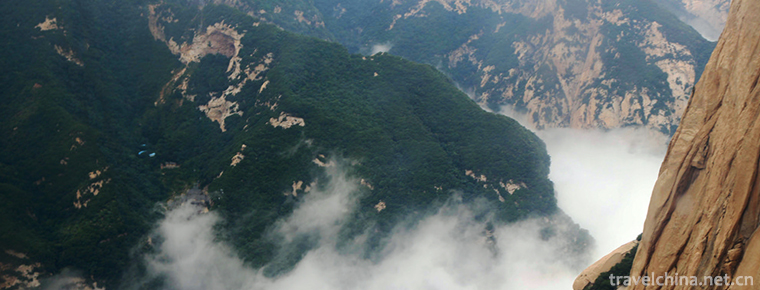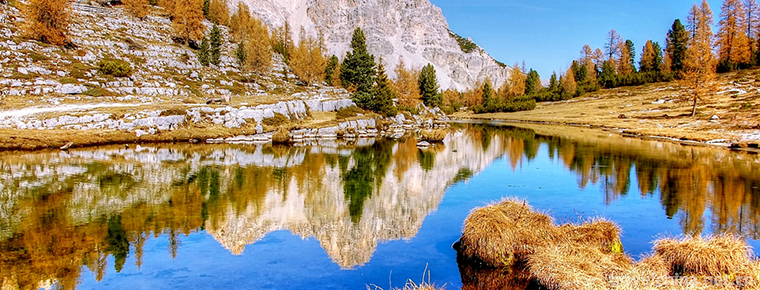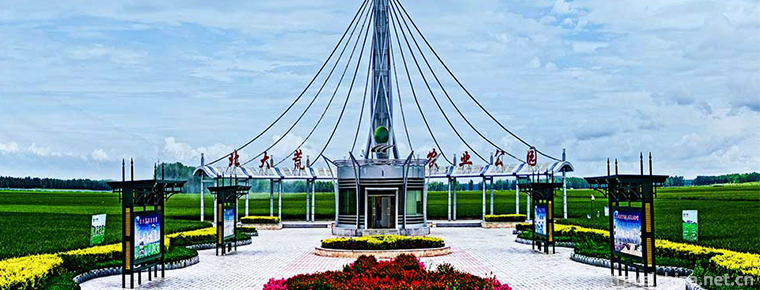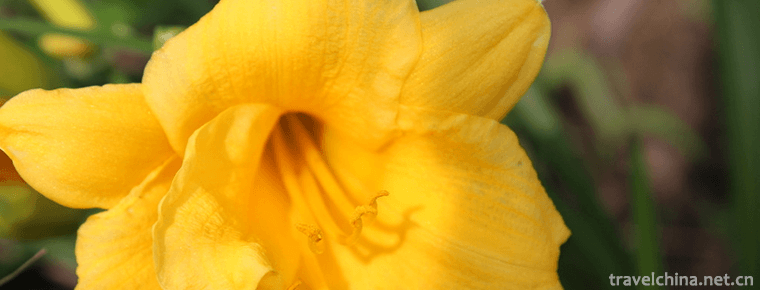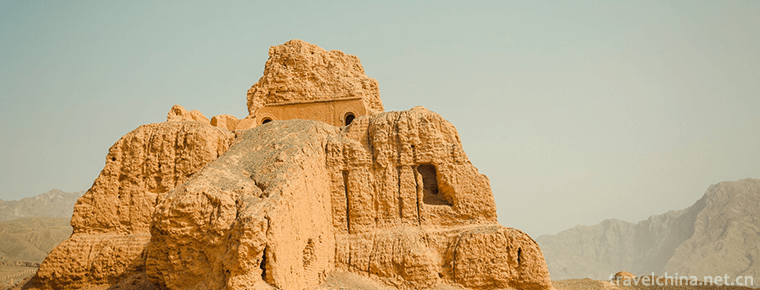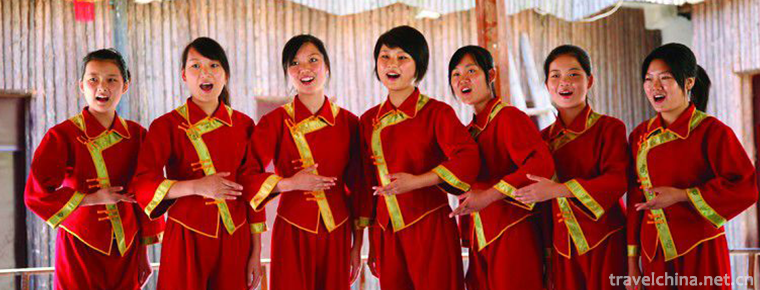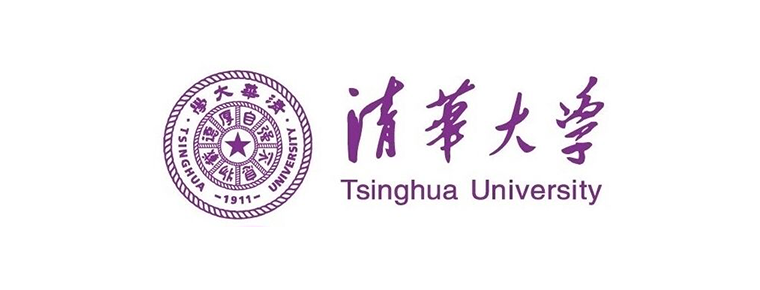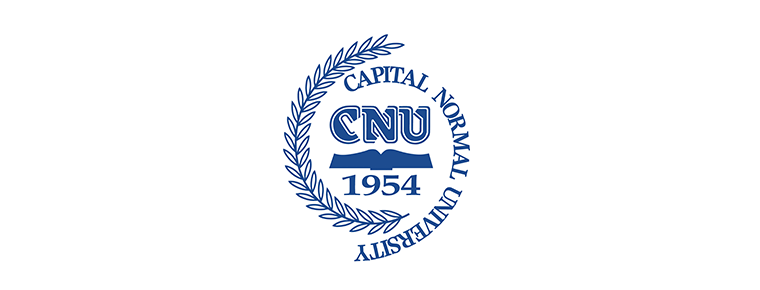Olympic Rowing Canoeing Park
Beijing Olympic Water Park, also known as Shunyi Water Park, is located in Chaobai River, Mapo Township, Shunyi District, Beijing. Its building area is 31850 square meters, and the number of seats is 27,000. Construction started in 2005 and completed in 2007. In 2008, the Beijing Olympic Games undertook rowing, canoeing (still water, whirlwind), marathon swimming events.
Traffic information
Public transportation
1. Take bus No. 989 (starting at Sihui) to Shunyi Olympic Water Park South Gate.
2. After getting off at Benmin Street Station, take No. 915 or No. 915 Branch 2 and transfer to No. 989 bus to Shunyi Olympic Water Park South Gate.
Self driving route
1. Beijing departure: drive to Beijing-Chengdu Expressway, exit from Bai Road, turn right at the toll station and go straight to Shunyi Olympic Water Park.
2. Beijing departure: Take the airport expressway to the north of the airport, turn right at Shunping Road, turn left at Rainbow Bridge, and go straight north along the left embankment road to reach Shunyi Olympic Water Park.
3. Beijing departure: Go straight to Jingshun Road, turn right at the Ma Po intersection of Jingshun Road, and then go straight to Shunyi Olympic Water Park.
Architectural history
In December 2005, the Beijing Olympic Water Park began the construction of large-scale earthwork excavation of the track, Hill piling in dynamic water area, main stand and functional room.
In March 2006, 1.1 million cubic meters (55% of the total earthwork) were excavated in the still water area of Beijing Olympic Water Park.
In June 2006, the track excavation was basically completed.
In September 2006, the steel structure of the main stand of Beijing Olympic Water Park has been completed. At the same time, the track has been excavated. The main bridges and supporting functional houses have been completed, and the water storage conditions have been met.
In January 2007, the construction of Beijing Olympic Water Park has been completed, and the water storage has reached 50% of the competition level greening project.
In May 2007, Beijing Olympic Water Park entered the final stage of the project.
On July 28, 2007, the acceptance and delivery ceremony was held in Beijing Olympic Water Park, which became one of the first new venues in Beijing delivered by the Beijing Olympic Games.
Function
The scenery of the games and the idleness after the games are the true portrayal of many Olympic venues. In order to avoid such a situation repeating, Beijing Olympic Water Park as early as the beginning of the design, the use of the post-competition as one of the conditions for assessment. After the Olympic Games, it will become the largest tourism and leisure resort base in the northeast of Beijing, and also the driving force for the development of Shunyi New Town.
In order to solve the problem of utilizing venues after the games, early in the design, designers went to Sydney and Atlanta, which had hosted the Olympic Games. According to international practice, it is easy to make profits after the race. Sydney's hydrodynamic race venue is operated by a company through bidding, and the corresponding fees are paid to the government every year, while the hydrostatic race venue for rowing is usually invested by the local government as a public project. According to the characteristics of dynamic water being profitable and less people in still water, Beijing Olympic Water Park has formulated a policy of combining dynamic water with static water to drive the use of static water after the competition, so that tourists can also participate in some static water projects while playing in the dynamic water area. This idea has contributed to the unique design of the Beijing Olympic Water Park.
Logo culture
The symbols of Beijing Olympic Water Park are drawn with Chinese traditional brush lines, reflecting a strong Chinese cultural heritage. The five colors of the Olympic rings symbolize the perfect combination of ancient oriental civilization and modern Olympic spirit. The logo image is a variant of the rower. It not only has the image characteristics of the rower who rows back to the end, but also has the image characteristics of the canoeist who rows with both hands holding the oars. The blue-green water pattern in the middle highlights the characteristics of the water events. "SHUNYI 2008" also uses sports fonts, highlighting the site and time of the project. The whole composition is dynamic and has a strong sense of motion.
In the composition, the red stripe is a variant of the Chinese phonetic initials "S" of the word "Shun". The yellow stripe and the red stripe constitute the variant of the Chinese phonetic initials "Y" of the word "Yi". At the same time, the three colors of black, red and yellow constitute the Chinese character "Yi". The blue and green stripes below symbolize that Beijing Olympic Water Park and Chaobai River Forest Park are adjacent to each other and set off against each other, forming a new urban background of Shunyi, which is based on rivers, soul of water and rhyme of forests. The progressive and upward water stripes and the character composition of SHUNYI 2008 symbolize the opportunity of Shunyi people to seize the Olympic Games and build a harmonious socialist society and "concentric". On the road of building a well-off society in an all-round way and building a green international port, we should carry forward the spirit of "concentric and upward, scientific innovation, down-to-earth, and pursuit of excellence", and constantly develop and advance and uplift our spiritual outlook.
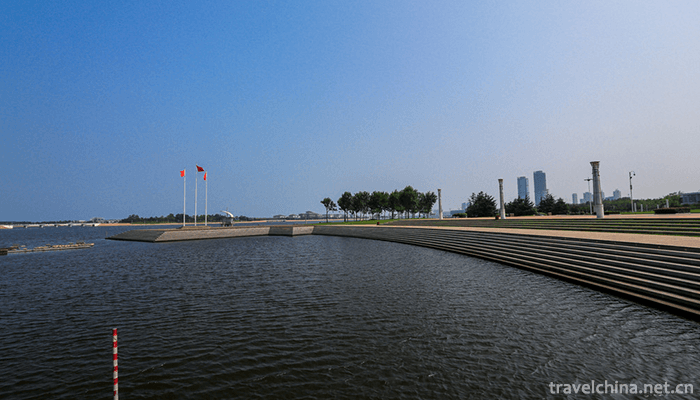
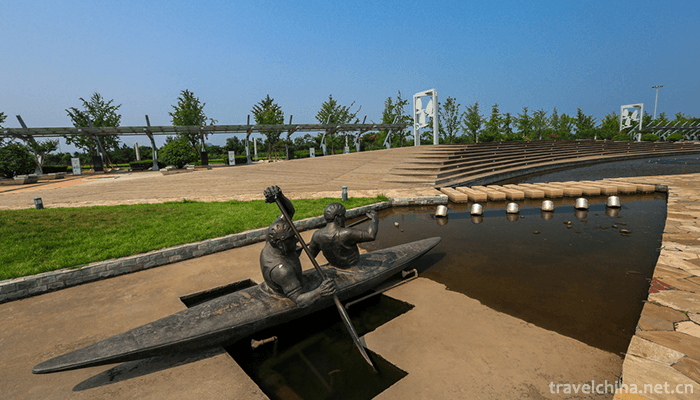
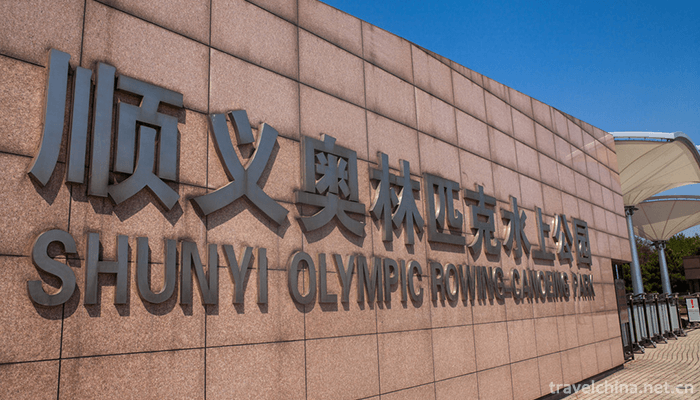
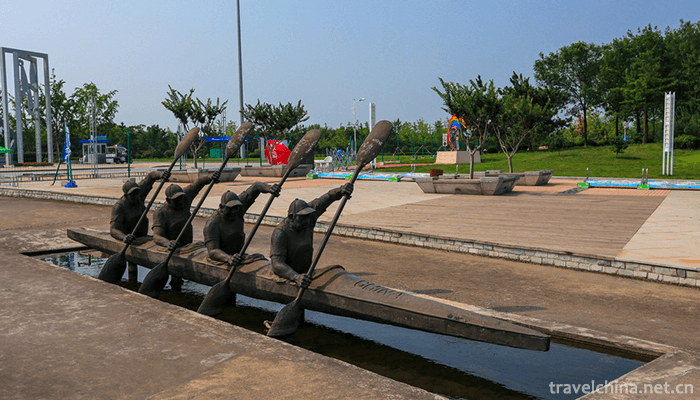
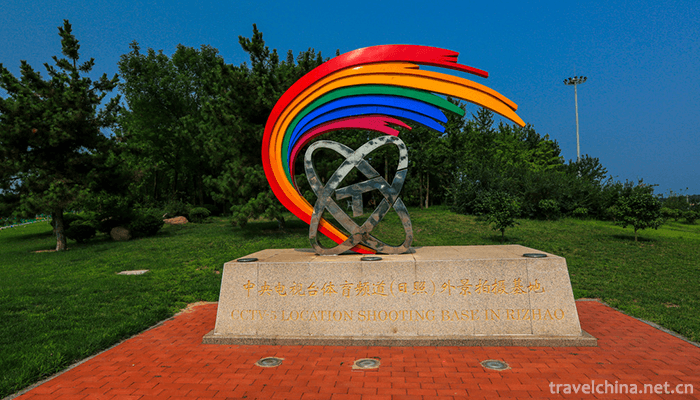
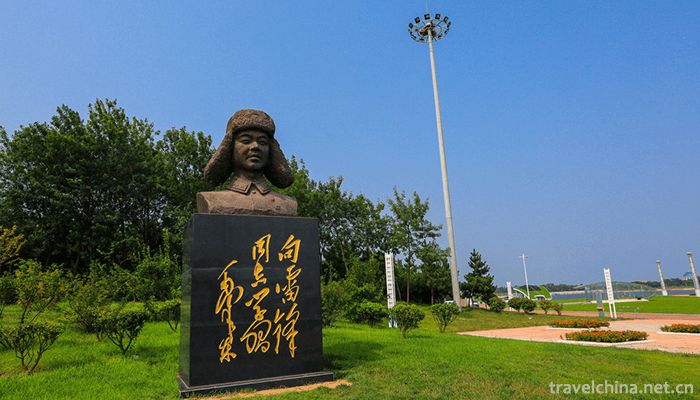
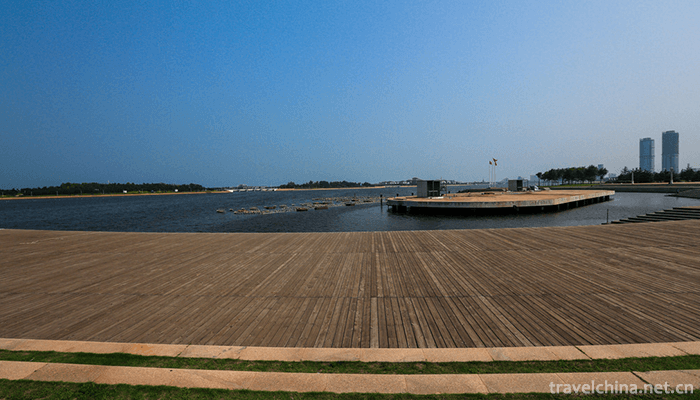

Olympic Rowing Canoeing Park
-
Mount Hua
Mount Hua, known as "Xiyue" and "Taihua Mountain" in ancient times, is one of the five famous mountains in China and the birthplace of Chinese civilization
Views: 381 Time 2018-10-30 -
Inner Mongolia Autonomous Region Alshan Chaihe Tourist Scenic Area
Inner Mongolia Autonomous Region Alshan Chaihe Tourist Scenic Area/Chaihe Tourist Scenic Spot has a total area of 1368.7 square kilometers
Views: 195 Time 2018-12-02 -
Beidahuang Modern Agricultural Park
Beidahuang Modern Agricultural Park, located at No. 146 Xiangfu Road, Xiangfang District, Harbin City, covers an area of 667,000 square meters and is a "national AAAA-level tourist attraction&quo
Views: 191 Time 2018-12-26 -
Hainan Tropical Wildlife Park and Botanical Garden
Hainan Tropical Wildlife and Botanical Garden is a national AAAA-level tourist attraction with the theme of popular science exposition, conservation and reproduction, sightseeing, leisure and vacation
Views: 273 Time 2019-01-13 -
Subashi Buddhist Temple Site
Subashi Buddhist Temple Site , also known as Zhaohuili Temple, is located in the south foot of the Queletag Mountains in the northeast of Kuqa County, Xinjiang. It is a national key
Views: 193 Time 2019-02-13 -
Lv Jiahe Folk Song
Lvjiahe Folk Song is a kind of folk song which is popular in Lvjiahe Village, Guanshan Town, Danjiangkou City, Hubei Province. Located in Wudang Mountain Scenic Area, the village retains a large numbe
Views: 215 Time 2019-05-15 -
Tsinghua University
The campus of Tsinghua University is situated in northwest Beijing on the site of the former imperial gardens of the Qing Dynasty, and surrounded by a number of historical sites.
Views: 207 Time 2019-08-31 -
Beijing Institute Of Technology
Beijing Polytechnic University was born in Yan'an in 1940. It is the first university of science and engineering founded by the Communist Party of China. It has been one of the key universities in Chi
Views: 140 Time 2019-09-06 -
Capital Normal University
Capital Normal University (Capital Normal University), World class discipline construction universities , Ministry of Education of the People's Republic of China And Beijing Municipal People's Governm
Views: 181 Time 2019-09-22 -
Rongxian Gaoshiti Forest Park
The landform of Gaoshiti Forest Park is peculiar, with boulders, odd peaks, valleys and streams forming a typical natural landscape of low mountain landform in southern Sichuan. Gaoshiti Forest Park covers a total area of 182.13 hectares. It was approved as a provincial forest park by the provincial forestry department in 1993.
Views: 180 Time 2020-10-15 -
National characteristics of Chinese embroidery
Nationality is the distinctive feature of Qinghai Folk Embroidery. In the long process of development, Qinghai embroidery has formed its own unique style. Due to the consistency of language, religious belief, festival etiquette, culture and entertainment,
Views: 381 Time 2020-12-12 -
The tertiary industry of Panzhihua
In 2018, the total retail sales of consumer goods in Panzhihua reached 36.126 billion yuan, an increase of 10.8%. In terms of business location, the retail sales of consumer goods in urban areas were 33.036 billion yuan, an increase of 10.7%; the retail sales of consumer goods
Views: 226 Time 2020-12-14
